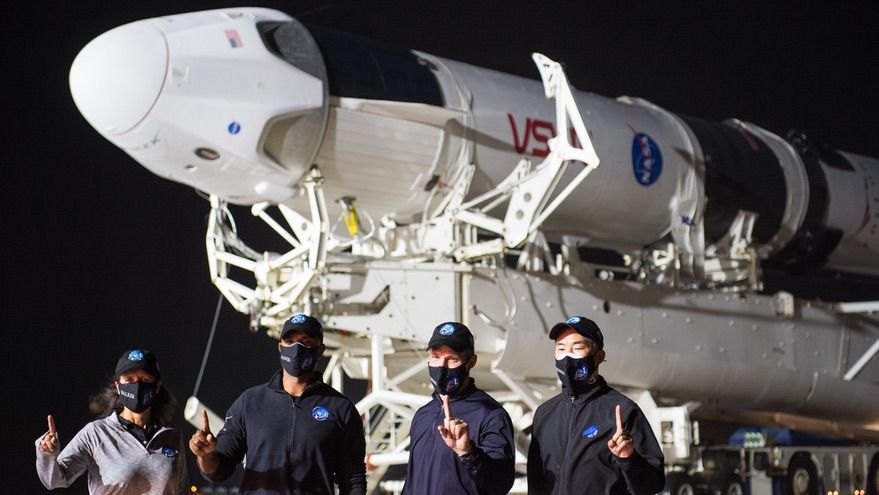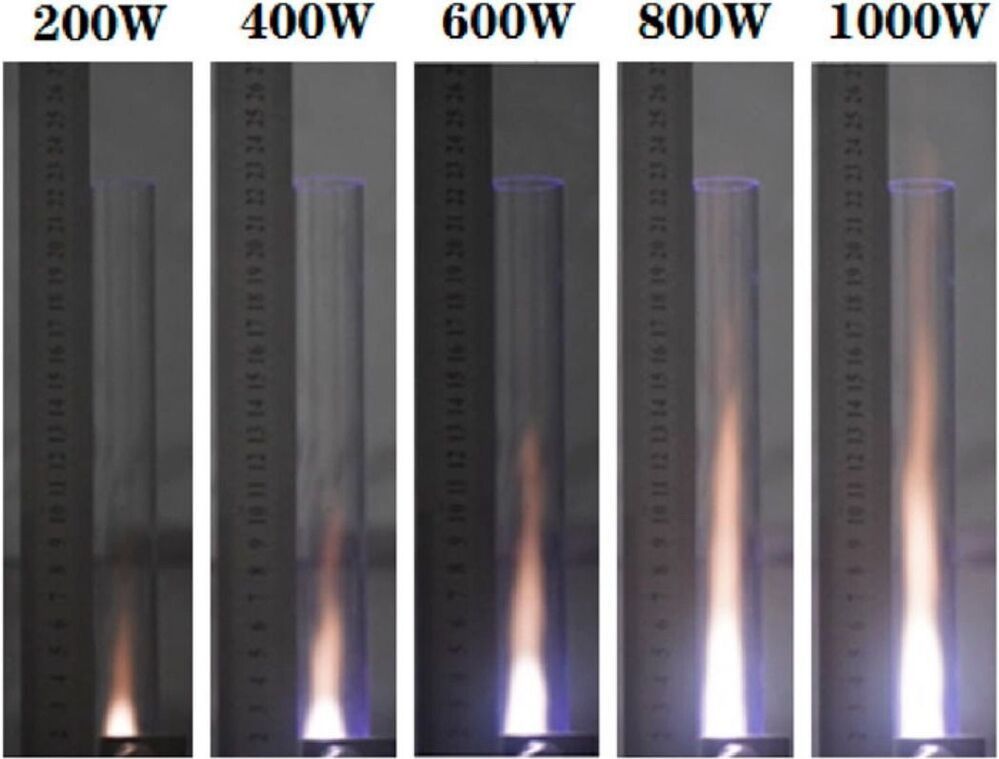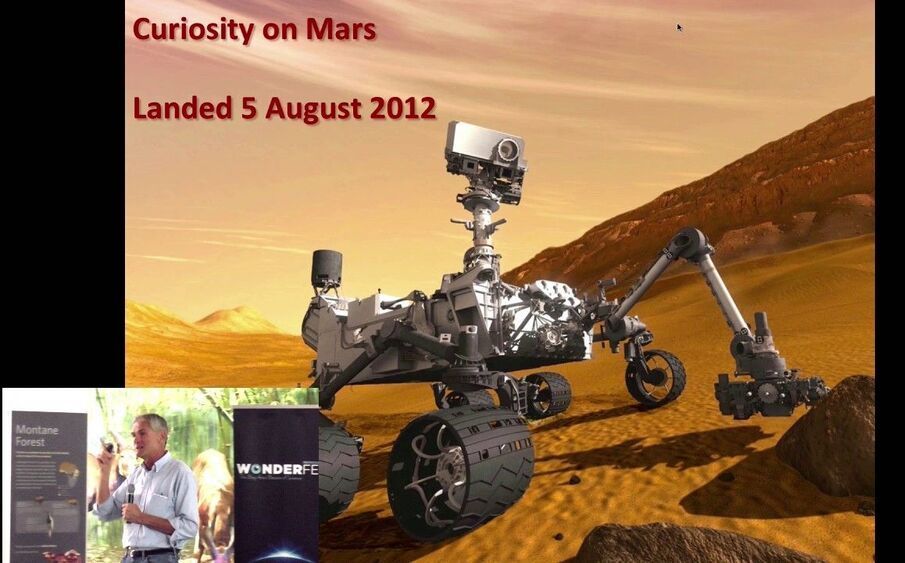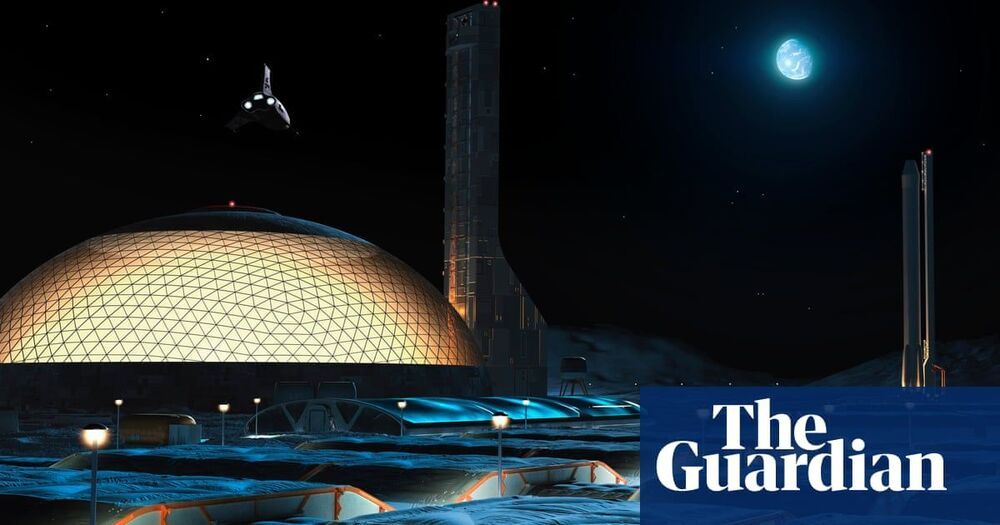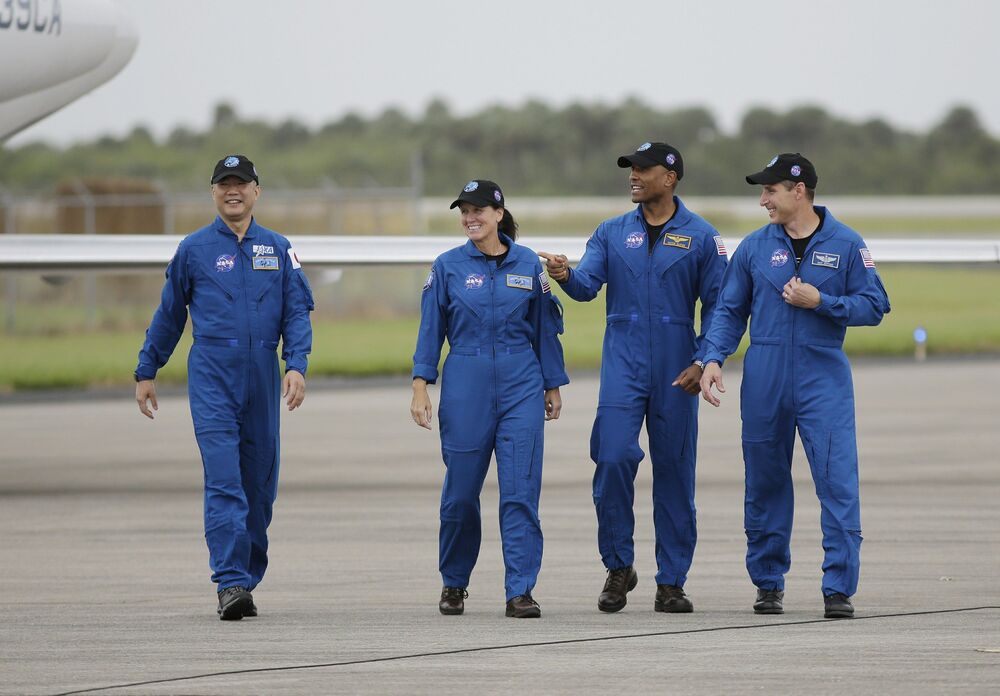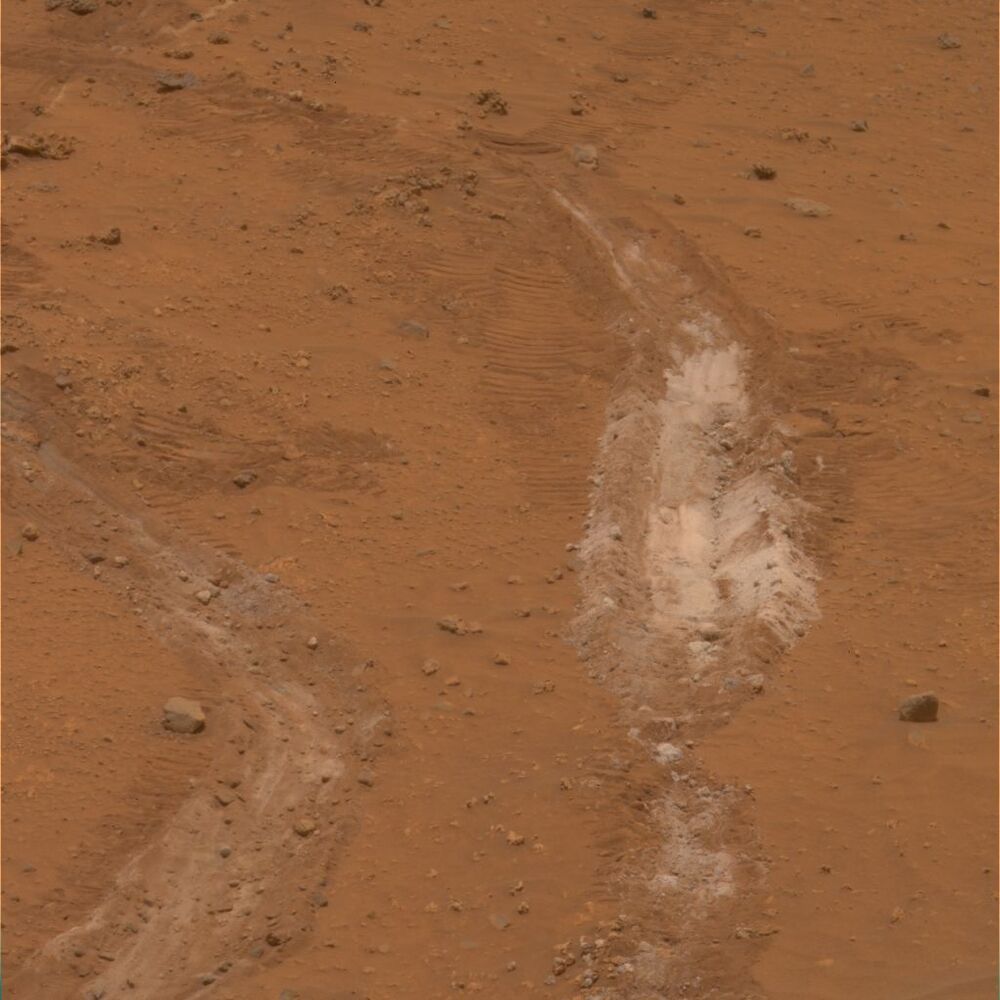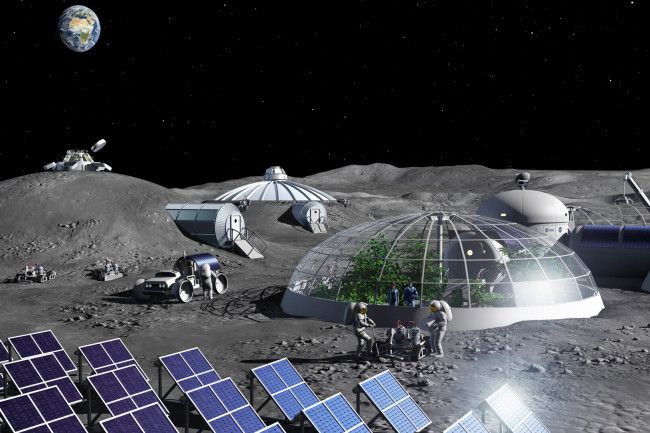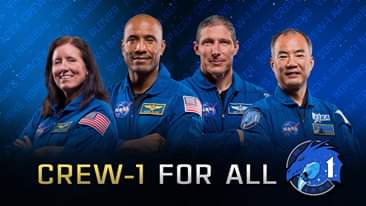Admitting he was both nervous and excited about the upcoming launch aboard the Crew Dragon capsule on a SpaceX Falcon 9 rocket, the 55-year-old said, “There are risks and a fear of failure when challenging oneself but I believe the benefits far outweigh that fear.”
Noguchi will be among four astronauts, including crew commander Michael Hopkins, aboard the Crew Dragon capsule to be launched from Kennedy Space Center in Florida on Saturday.
He juxtaposed the mission to the Japanese hit manga and anime series “Demon Slayer,” in which astronauts use and maximize their “individual strengths” toward a “common goal.” The series follows the story of a boy who, along with his comrades, fights human-eating demons after his family is killed by them.
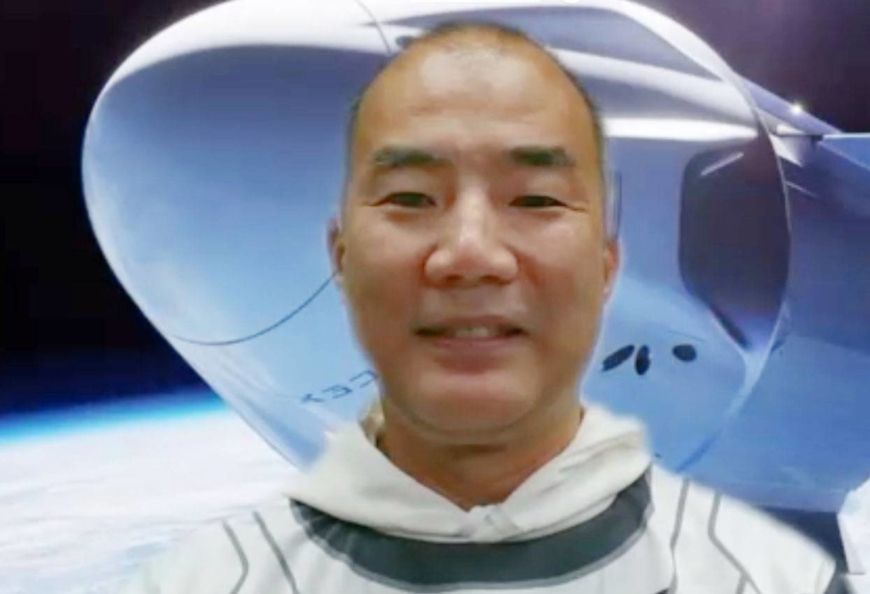
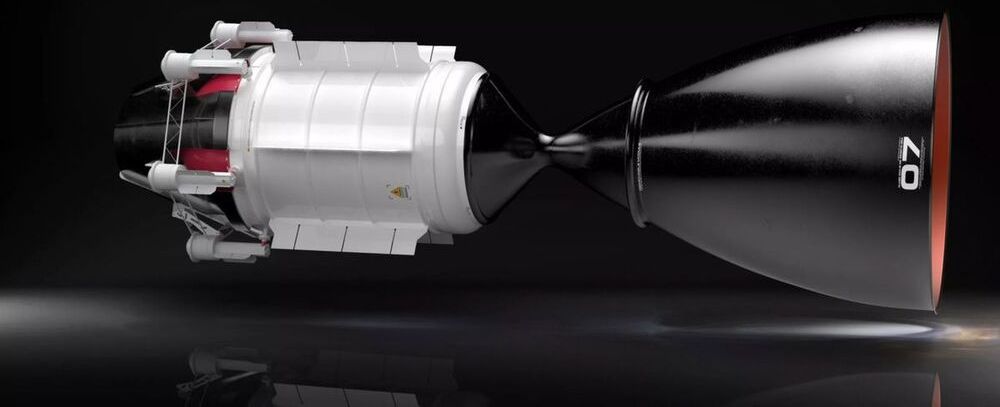
 You like our badass universe. So do we. Let’s explore it together.
You like our badass universe. So do we. Let’s explore it together.